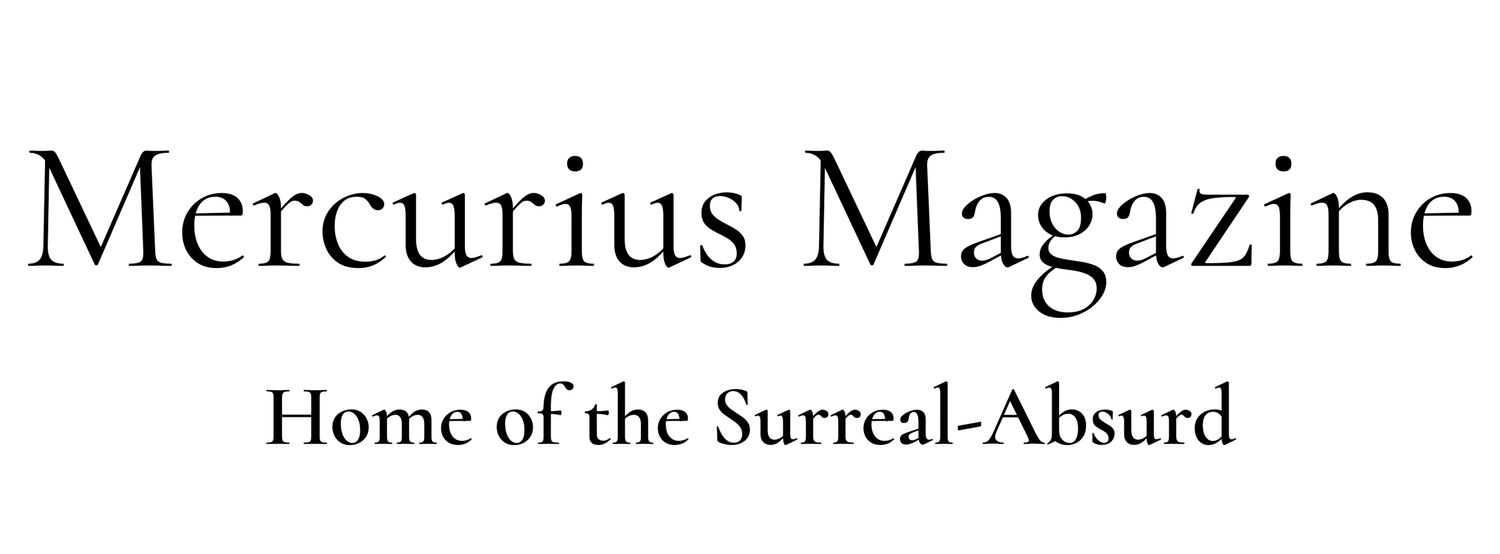The fifth element(s): Time, space and consciousness
The infrared portrait of the Small Magellanic Cloud, taken by NASA's Spitzer Space Telescope, reveals the stars and dust in this galaxy as never seen before.
The fifth element is the most mysterious of all the elements. It is the missing link that completes our earthly knowledge.
For millennia, philosophers, scientists and alchemists associated the fifth element with the hypothetical substance of aether. In mythology, the Greek gods preferred ambrosia to mortal food, and aether to air. In his Timaeus, Plato calls aether the “most translucent” kind of air. Aristotle thought that the celestial spheres were made of aether and kept the stars and planets in place. Medieval concepts of the cosmos tended to agree.
Although modern science has largely dismissed these abstractions, their replacement, space-time, is perhaps even stranger. Understanding the interconnection of space and time is one of the pinnacles of human knowledge and by no means intuitive. It took Einstein’s warped imaginings to make the leap and physicists are still trying to unravel its manifold implications.
One peculiar off-shoot is the supposition of the existence of dark matter. To keep the stars in place, gravity needs matter. The problem is that there is not enough matter visible to the naked eye to achieve this. Hence the invention of dark matter. Although no scientist has ever perceived it, dark matter is said to account for approximately 85% of all matter in the universe. Sceptics claim that it is merely a second aether, a hypothetical substance that will prove fictitious if and when our understanding increases. Dark matter comes hand in hand with dark energy, another mysterious entity that aims to fill inexplicable gaps. It would seem that the fifth element (or elements) always signals a region of knowledge just beyond the scope of our perception.
On the spiritual plane, the Tibetan Tantras relate the fifth element to the most immaterial qualities of existence, the place where the organ of universal consciousness resides. It is the highest of all the elements, represented by a blue, flaming drop. The architectural principles behind the construction of chortens, or stupas, reflect this interrelation:
The cubic form of the lower story corresponds to earth, the round central part to water, the conical upper structure to fire, the umbrella above to air, the flaming drop to the fifth element, the elixir of life, the illuminated consciousness. Unlike Western alchemy, Eastern alchemy, as practiced in Buddhism, holds that the Philosopher’s Stone is of a psychological rather than a material nature. It is the sparkling jewel of awareness that converts the darkness of earthly, Samsaric existence into endless spiritual gold.
Tibetan chortens originally served as receptacles for relics of the Buddha
The structure of the chorten reflects the way we build our own lives. First comes earth, our raw survival instinct, our need for food, shelter, and warmth. Then water, the social relations that green the earth, that transform a bare house into a home. Then fire, the spiritual, ethical and romantic passions that imbue those structures with meaning and value. Then air, the imagination, the oxygen that feeds the flames and ventilates the structure; and finally, consciousness, or enlightenment, the last stop on our experience of being here.
It is difficult, perhaps impossible to pass from nothing to air, or from earth to fire, skipping the intermediary steps. How many people live with their “head in the clouds” only to come crashing back to earth at some point, older, and disappointed with their lot? Without a solid base to launch from, fanciful flights tend to falter. As for love, who can sustain the warmth of the fire without first having healthy social relations to direct, nurture and temper the flames? Similarly, enlightenment, which represents the purification and completion of consciousness, requires a harmonious relationship between the four preceding elements.
One wonders whether all those stereotypes of gaunt, dissatisfied monks represent a breach in this basic ordering of the elements. Those unfortunate seekers are trying to run before they walk, attain light without first passing the trials of love, or the more banal hardships of worldly affairs. Gautama Buddha himself spent 29 years in his pleasure palace before embarking on his solitary quest: ample time to explore and ultimately reject his passions. There’s a time and place for everything. Only the individual is able to intuit where they are on their soul-journey. Conformist doctrines usually lead to repression.
A variation of this basic five-element structure can be seen in the Maslow pyramid. Replace enlightenment with the more secular concept of “self-actualisation” and the outcome is similar:
The Maslow pyramid
Unlike earth, water, fire, and air, the element of consciousness is impossible to perceive directly. Yet we know it exists. Philosophers have long since struggled with this conundrum. Descartes’s famous postulation of “I think therefore I am” is the antithesis of the Buddhist doctrine of anatta. Anatta, or “no-self”, posits that thoughts and even the sensation of having a personality are merely temporal constructions that can delude the seeker. I think therefore I am not.
To conclude, a poem that attempts to synthesise some of these thoughts:
These days that circle through the void
Are neither full nor incomplete,
But questions posed by hungry ghosts,
By tigers slick and cruel,
By the shining mouth of a paradise
Just beyond our reach.Who holds the key of mind
Unlocks the self.
All wandering complete.




